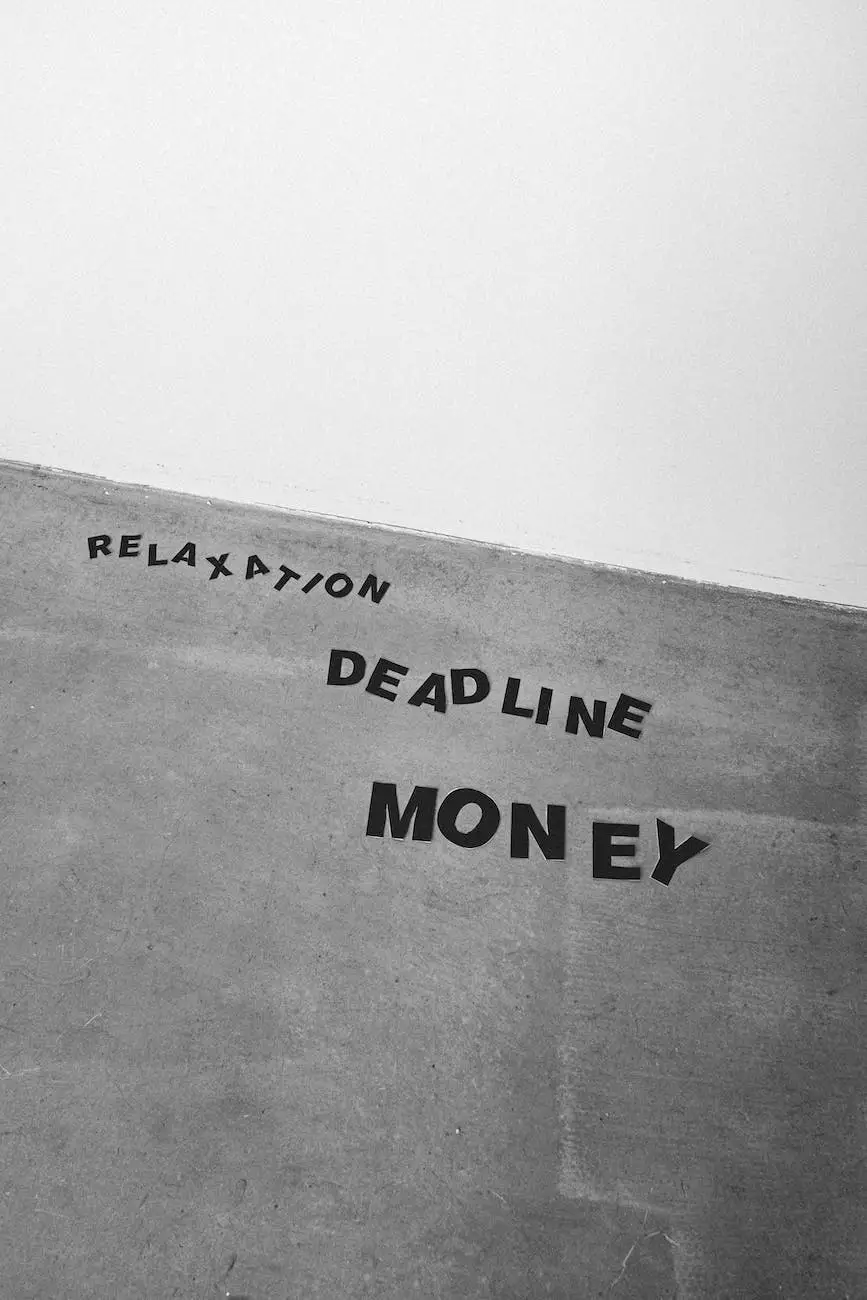How To Create a Personal Balance Sheet and Determine Your Net Worth
Financials & Reports
Understanding the Significance of a Personal Balance Sheet
A personal balance sheet provides a comprehensive overview of an individual's financial position. It consists of two main sections: assets and liabilities. By documenting your financial resources and obligations, you can accurately determine your net worth. Net worth represents the difference between your assets and liabilities, giving you a realistic view of your financial health.
The Importance of Financial Planning
Financial planning plays a crucial role in achieving your long-term goals and securing your financial well-being. Creating a personal balance sheet is a fundamental step in this process. It helps you assess your current financial standing, identify areas for improvement, and make informed decisions about your financial future.
Step-by-Step Guide: How to Create a Personal Balance Sheet
1. Gather Your Financial Information
Start by collecting all your financial information, including bank statements, investment portfolios, property deeds, loan statements, credit card statements, and any other relevant documents.
2. List Your Assets
In the assets section of your balance sheet, list all your possessions that hold value. This includes cash, bank accounts, investments, real estate properties, vehicles, valuable collectibles, and other significant assets. Be sure to include both liquid and non-liquid assets.
3. Calculate the Value of Your Assets
Assign an appropriate value to each asset based on its current market worth. For liquid assets, such as cash or savings accounts, use the exact amount. For non-liquid assets, such as real estate or vehicles, estimate their current market value as accurately as possible. Consider consulting professionals, if needed, to obtain accurate valuations.
4. Identify Your Liabilities
In the liabilities section, list all your financial obligations and debts. This may include mortgage loans, student loans, credit card balances, personal loans, and any other outstanding debts.
5. Determine the Total Value of Your Liabilities
Assign a precise value to each liability based on the outstanding balance. This will provide you with an accurate assessment of your debt burden and financial obligations.
6. Calculate Your Net Worth
To calculate your net worth, subtract the total value of your liabilities from the total value of your assets. The resulting figure represents your net worth, which indicates your financial position at a given point in time.
Financial Planning and Tracking
Creating a personal balance sheet is not only useful in determining your net worth but also serves as a foundation for effective financial planning. By regularly updating and tracking your balance sheet, you can monitor your progress, identify trends, and adjust your financial strategy accordingly. This comprehensive approach enables you to make knowledgeable decisions about investments, savings, and debt management.
Conclusion
Understanding how to create a personal balance sheet and determining your net worth is an essential part of financial planning. Social Service of America encourages individuals to embrace financial literacy and take control of their financial future. By implementing the steps outlined in this guide, you can gain a clearer understanding of your financial position, make informed decisions, and work towards achieving your financial goals.
"Financial peace isn't the acquisition of stuff. It's learning to live on less than you make so you can give money back and have money to invest. You can't win until you do this." - Dave Ramsey



